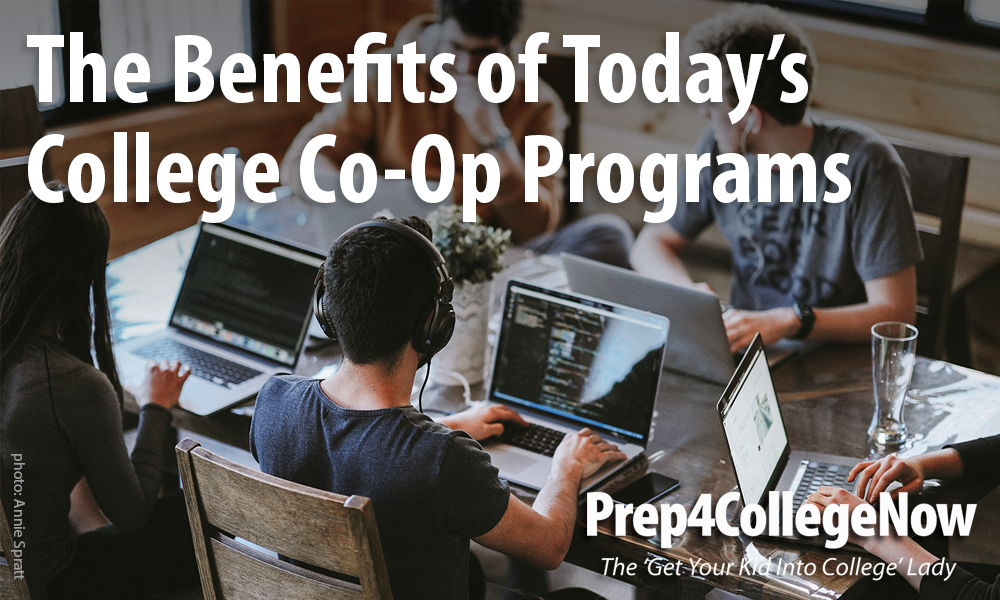These days, the “college internship” can often be view as the maximum amount of real-world job experience a college student will get before graduation. In many cases, internships are unpaid, and the level of work interns do is a step below the real-world experience an internship.
For too long, students are force to accept these internships as a best-case scenario. But now they have options. And one of the best is college cooperative education programs (“co-ops” for short), which redefine the college work experience.
A college co-op program weaves “real world” work experience into a program’s curriculum. Typically, you begin working at selected placements during your sophomore year. Each year, the workload and level of learning increase until you graduate.
Co-ops are always paid positions. Always.
By the time you graduate, you’ll have 18 months of experience working at a handful of positions related to your field of choice. Not only is that 18 months of wages in your pocket while in college, but it’s also an impressive amount of experience that a recent college graduate can boast on their resumé.
More than 500 U.S. colleges and universities have co-op programs. All totaled, more than 300,000 students are working paid co-op positions. These students are getting a first-hand, boots-on-the-ground preview of their career path in a way their textbooks and professors cannot fully describe.
The National Commission for Cooperative Education reports that 60 percent of co-op students accept jobs from their co-op employers upon graduation. What’s more, 95% of co-op students find jobs after graduating.
If this sounds too great to be accurate, you may be asking why haven’t I heard of this before and where do I sign up? You need to know one catch before deciding if co-op is right for you: All this extra cash and experience require you to spend an additional year in school.
So if you can get past that, here is by far the most significant benefit of co-op programs.
Co-op earnings – which range from $1,000 to $2,500 per month – are typically not included in the financial aid formula. That means that a co-op student filling out their Free Application for Federal Student Aid (FAFSA) could still be eligible for a sizable portion of financial aid.
Compare that with a student working an unpaid internship and a part-time job on the side, either during the school year or in the summer. This student’s income will be included in the financial aid formula on the FAFSA application, reducing the number of grants, scholarships, and student loans they could receive.
The money earned can be used to help defray the tuition for the extra year of college.
To apply for a co-op program, you first must check if any schools on your list of colleges have them. It’s likely that they do, but not always in the program of your choice.
If they do, you apply through your program. Each school and program is different, but a typical co-op application involves filling out an application and submitting a resume. If you are accepted into the co-op program, you’ll schedule a meeting with an academic advisor to discuss your career goals and interests.
/span>
Andrea K. Frimmer, M. Ed.
Prep 4 College Now, Inc.
andi@prep4collegenow.com
www.prep4collegenow.com
760-877-7200



Leave A Comment